
Why Every Engineering Lab Needs the FM24 Bernoulli Demonstrator
Introduction: Bridging Theory and Practice
Fluid mechanics underpins aerospace, civil, and mechanical engineering – yet studentsstruggle to grasp Bernoulli’s Principle through theory alone. The FM24 Bernoulli Demonstrator solves this by transforming abstract equations into tangibleexperiments. With 78% of educators reporting improved conceptual retention usinghands-on tools (ASEE 2023 Survey), this device isn’t just helpful it’s essential formodern engineering pedagogy.
Bernoulli’s Principle: The Core Challenge in Engineering Education
Bernoulli’s equation (P+12ρv2+ρgh=constantP+21ρv2+ρgh=constant) dictates that pressure decreases as velocity increases. While critical for designing aircraft wings, HVAC systems, and pipelines, students face two key hurdles:
Visualizing energy conservation in fluid flow..
Quantifying pressure-velocity relationships mathematically. Traditional methods (textbooks, simulations) fail to provide empirical validation – creating a gap the FM24 fills decisively.
The FM24 Bernoulli Demonstrator: Technical Breakdown
Designed for precision and pedagogy, the FM24 features:
The FM24 Bernoulli Demonstrator: Key Features
The FM24 Bernoulli Demonstrator is a specialized apparatus designed to make fluid mechanics experiments clear, repeatable, and engaging.
How It Works
The device consists of:
- A clear Venturi tube (to visualize flow)
- Pressure tapings (to measure static and dynamic pressure)
- Manometers or digital sensors (for real-time data)
Students can:
✔ Observe pressure changes as fluid speed varies.
✔ Validate Bernoulli’s equation experimentally.
✔ Compare theoretical vs. actual results.
Advantages Over Traditional Methods
- Precision: Provides accurate, repeatable measurements.
- Durability: Built for long-term academic use.
- Engagement: Hands-on learning improves retention.
Benefits of Using the FM24 in Engineering Labs
1. Enhanced Learning Through Visualization
- Students see pressure changes in real time, reinforcing theoretical lessons.
- Interactive experiments make abstract concepts intuitive.
2.Prepares Students for Real-World Applications
- Many industries (aerospace, civil engineering, HVAC) rely on fluid dynamics.
- Hands-on experience with the FM24 bridges the gap between classroom and industry.
3. Cost-Effective & Long-Lasting Investment
- Unlike disposable lab setups, the FM24 is durable and reusable.
- Reduces the need for multiple experimental setups.
4. Supports Curriculum Standards
- Aligns with ABET-accredited engineering programs.
- Used in universities like UT Arlington
Case Study: Success in Engineering Education
At UT Arlington, the FM24 demonstrator has been integrated into their Applied Fluid Mechanics lab. Students reported:
✅ Better conceptual understanding of Bernoulli’s Principle.
✅ Higher engagement compared to passive lectures.
✅ Improved accuracy in lab reports due to reliable data.
This demonstrates how the FM24 enhances both teaching and learning efficiency.
How to Integrate the FM24 into Your Curriculum
Educators can use the FM24 for experiments such as:
Pressure vs. Velocity Relationship – Confirming Bernoulli’s equation.
Flow Rate Analysis – Studying how constrictions affect fluid dynamics.
Energy Loss Calculations – Comparing ideal vs. real fluid behavior.
Teaching Tip: Pair the FM24 with data-logging software for advanced analysis and student projects.
Conclusion: A Must-Have for Modern Engineering Labs
The FM24 Bernoulli Demonstrator is more than just lab equipment, it’s a powerful teaching tool that brings fluid mechanics to life. By providing hands-on, visual, and precise experiments, it helps students master Bernoulli’s Principle with confidence.
Upgrade your engineering lab today and equip the next generation of engineers with the best learning tools available.
Call to Action
Interested in incorporating the FM24 into your curriculum?
Request a demo to see how it can transform your fluid mechanics lab!
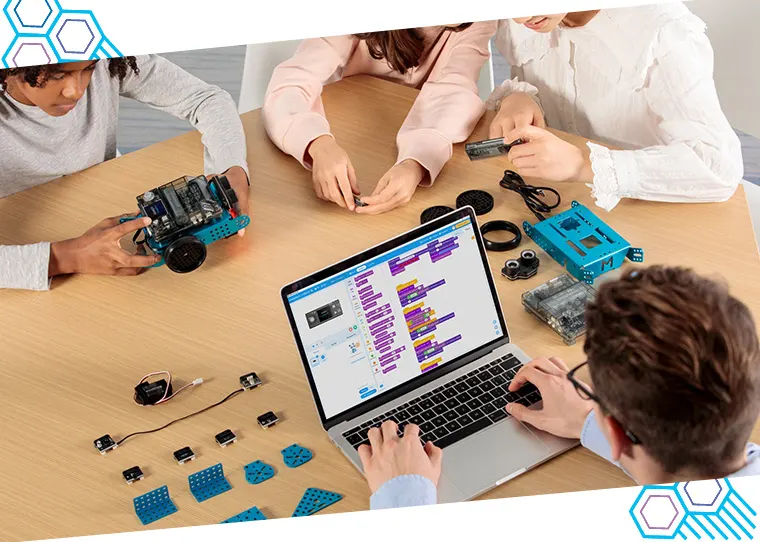


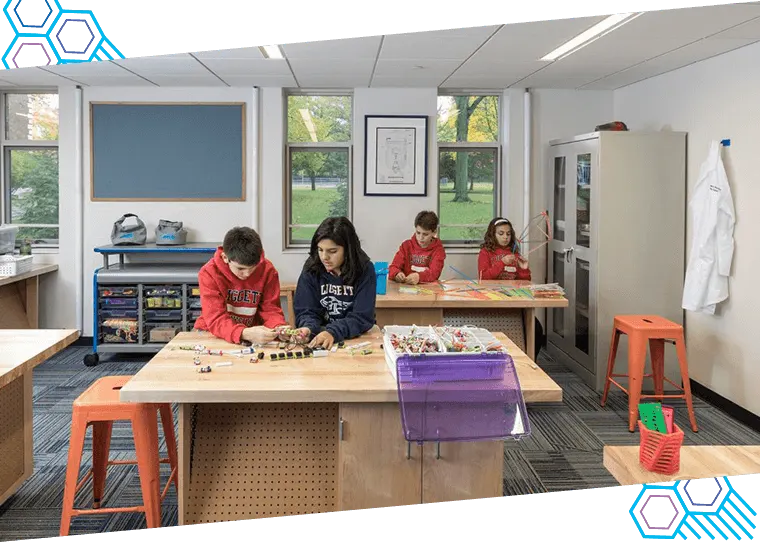



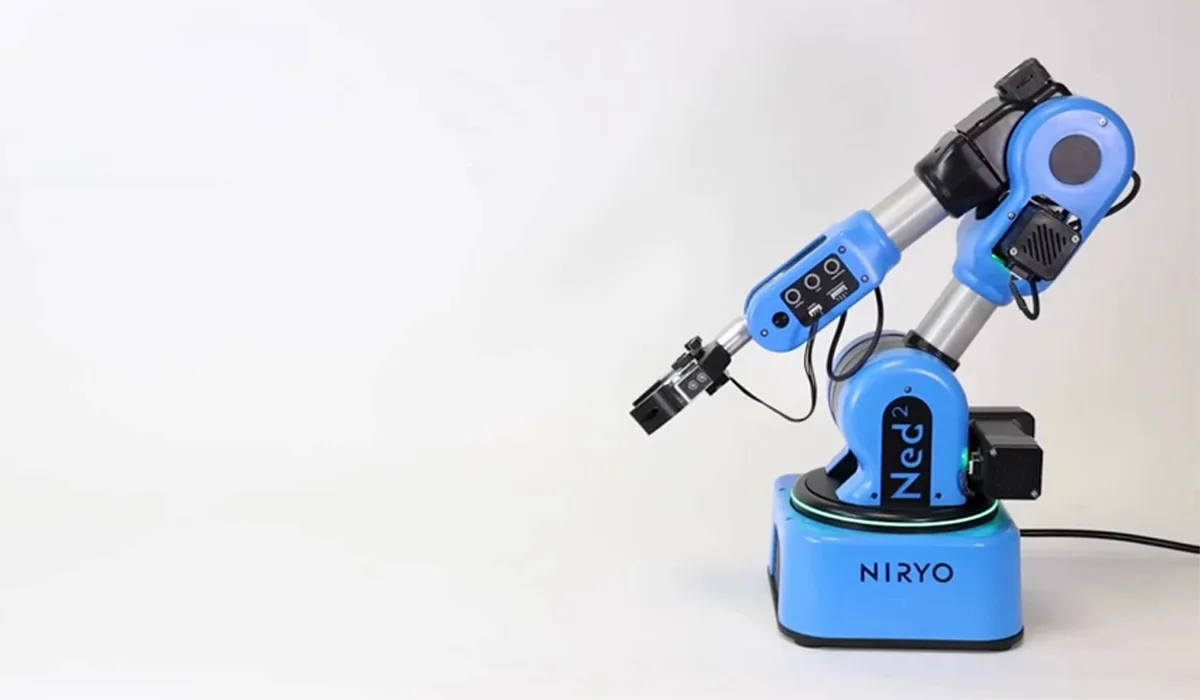
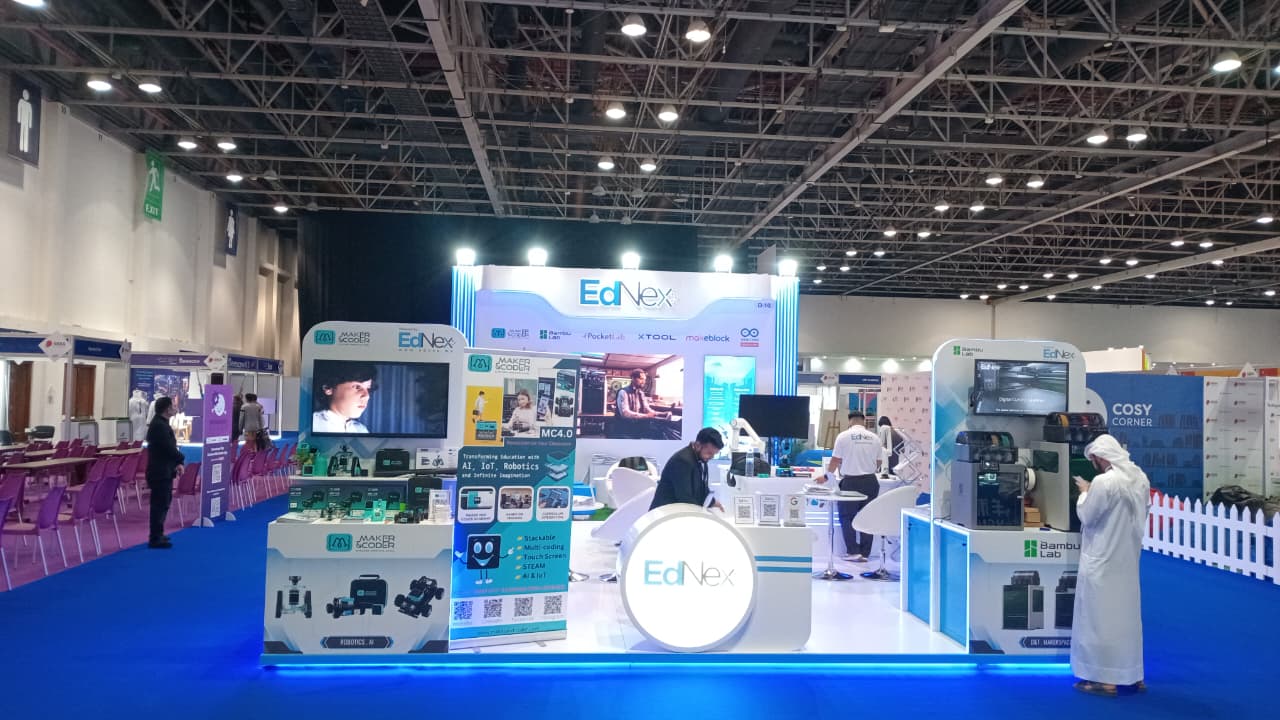
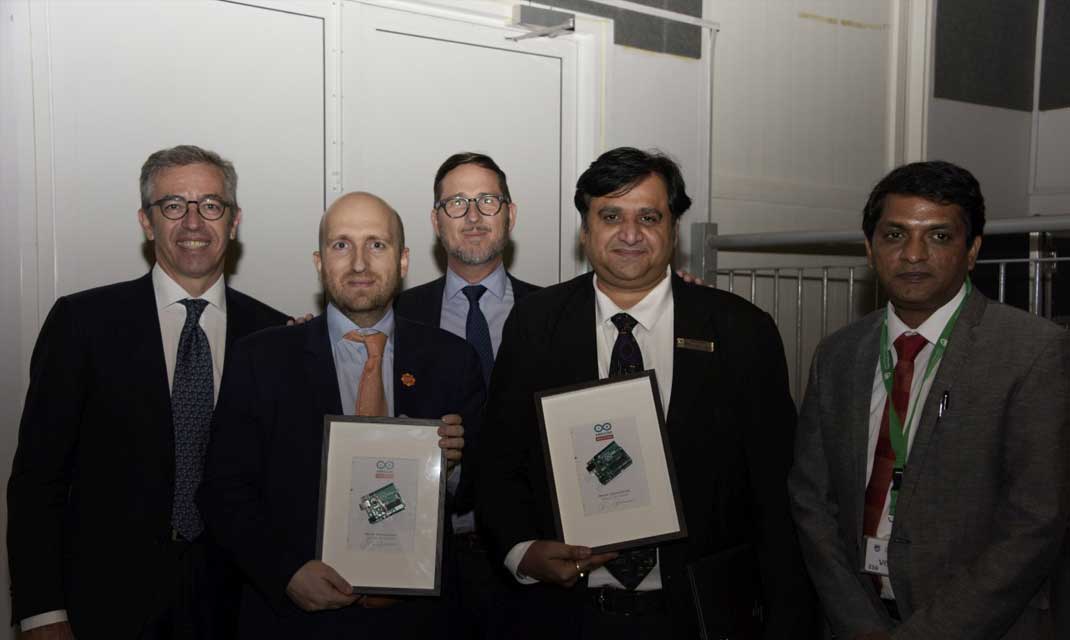
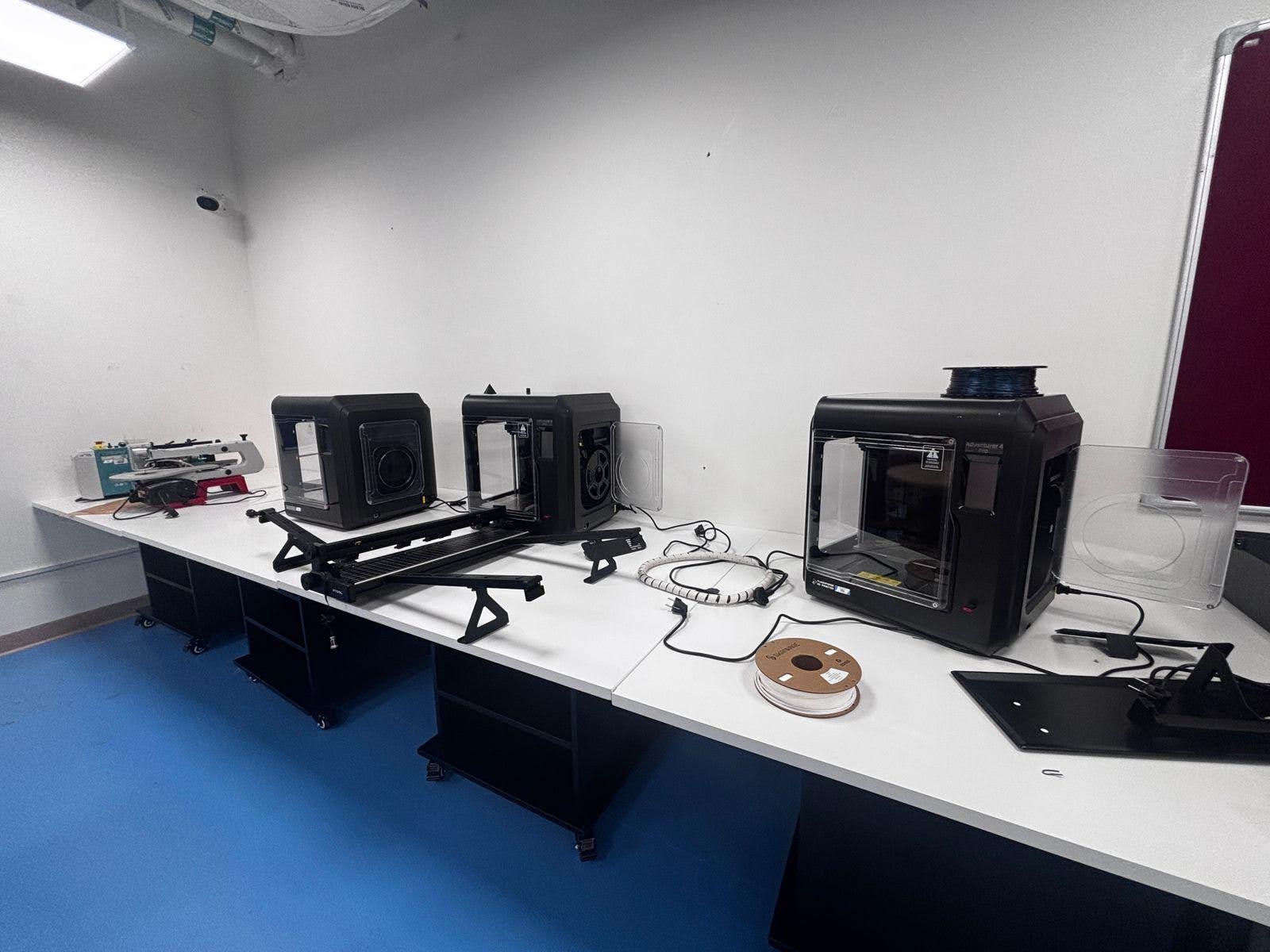


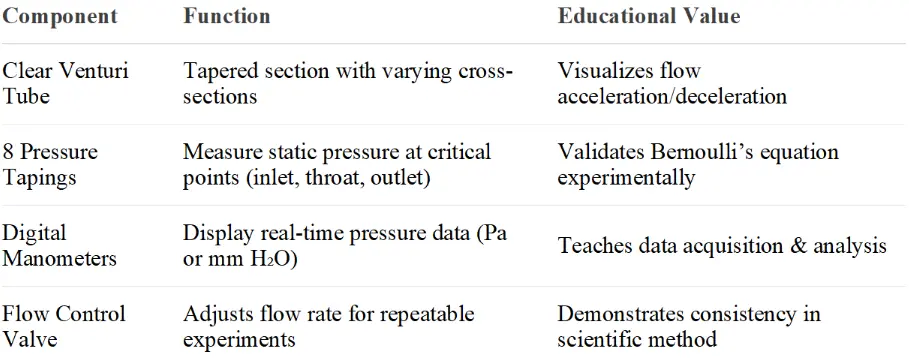

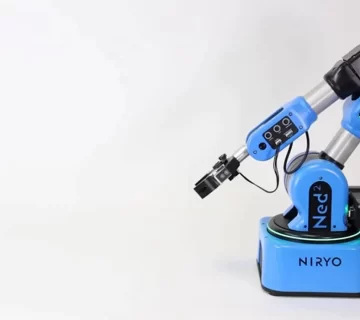


No comment